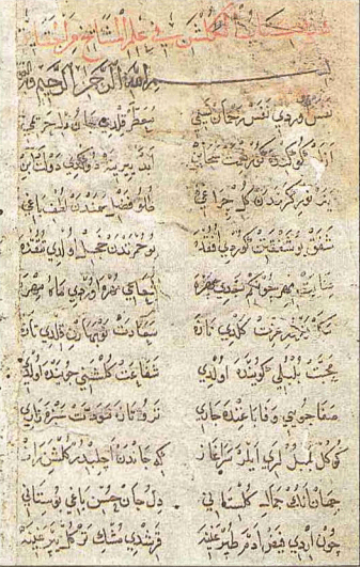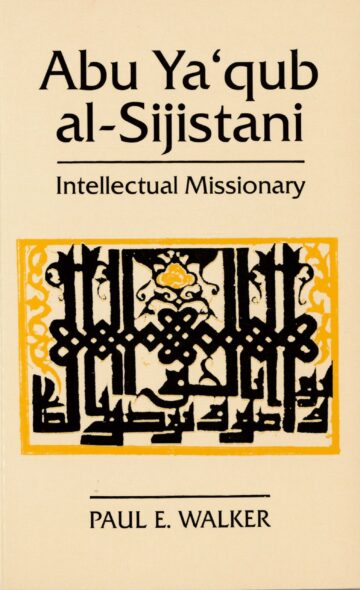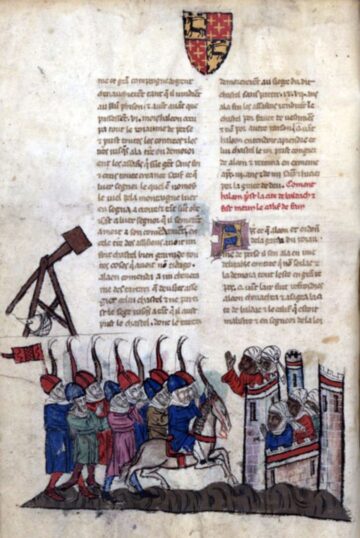A major Isma‘ili Shi‘ite dynasty, the Fatimids founded their own caliphateThe Muslim political institution or state centred around the caliph, which came to an end, historically, in 1924 with the disappearance of the Ottoman Empire., in rivalry with the ‘AbbasidsMajor Muslim dynasty of Sunni caliphs that ruled in Baghdad (750-1258)., and ruled over different parts of the Islamic world, from North Africa and Sicily to Palestine and Syria. Established in 297/909 in Tunisia, the seat of the Fatimids was later transferred to Egypt in 362/973.
Following a succession dispute in 1094, one line of the Cairo based dynasty was finally overthrown by Salah-al-Din (Saladin) in 567/1171, when the fourteenth and last Fatimid caliphIn Arabic khalīfa, the head of the Muslim community. See caliphate., al-‘Azid (555-67/1160-71), lay dying in Cairo. The FatimidsMajor Muslim dynasty of Ismaili caliphs in North Africa (from 909) and later in Egypt (973–1171) More, who traced their ancestry to the Prophet’s daughter Fatima and her husband ‘Ali b. Abi Talib, the first Shi‘ite imamIn general usage, a leader of prayers or religious leader. The Shi’i restrict the term to their spiritual leaders descended from ʿAlī b. Abī Ṭālib and the Prophet’s daughter, Fatima., were also acknowledged as the rightful imams by different Isma‘ili communities, but also in many other Muslim lands, including Persia and the adjacent regions (see Daftary, 1990, pp. 144-273, 615-59; Canard, “Fatimids,” pp. 850-62). The Fatimids had diverse political relations with Persia and the major dynasties ruling there, which provide the focus of the present article.
Authors

Dr Farhad Daftary
Co-Director and Head of the Department of Academic Research and Publications
An authority in Shi’i studies, with special reference to its Ismaili tradition, Dr. Daftary has published and lectured widely in these fields of Islamic studies. In 2011 a Festschrift entitled Fortresses of the Intellect was produced to honour Dr. Daftary by a number of his colleagues and peers.







